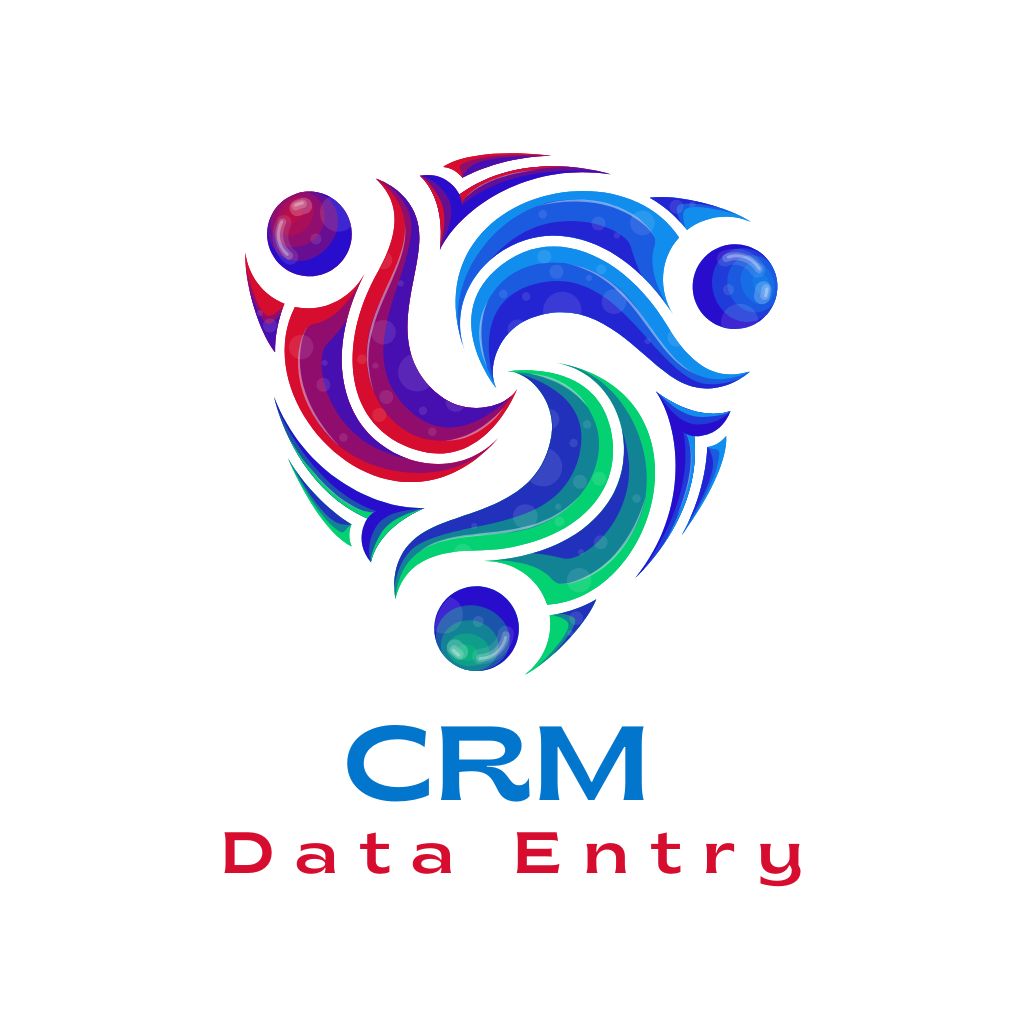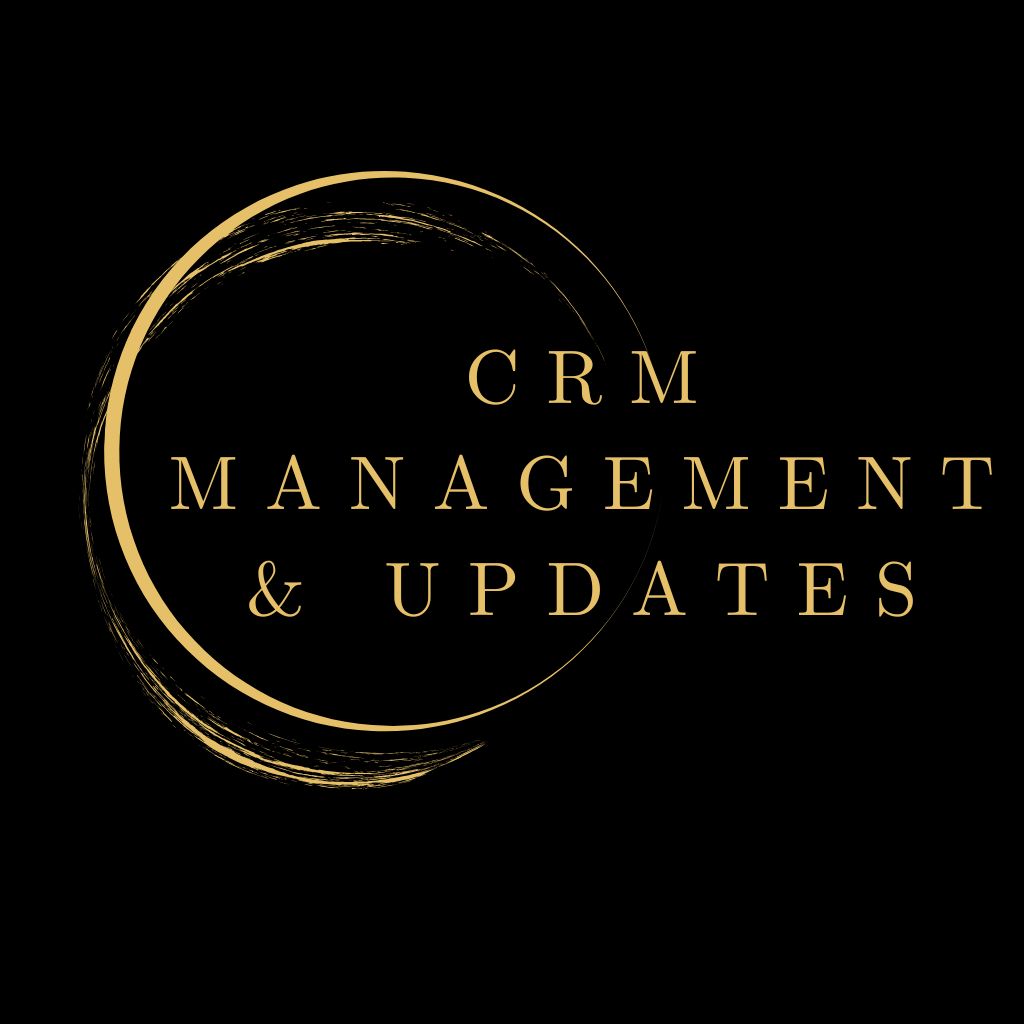
Introduction: Your Network is Your Net Worth
In the ever-evolving world of business, one factor remains constant: relationships drive results. Whether you’re an entrepreneur, marketer, salesperson, or corporate leader, your contact list is more than just a database of names and emails — it’s a powerful asset that can open doors, spark collaborations, and generate lasting opportunities.
Building and managing high-quality contacts is not just about collecting information; it’s about creating a strategic, organized, and value-driven network that propels your business forward. In this article, we will explore the importance of quality over quantity, proven strategies to build a strong contact list, and practical steps to manage and maximize your network for success.
1. The Importance of High-Quality Contacts
In business, not all contacts are created equal. A small, curated list of highly relevant connections often yields better results than a massive but unorganized database. Here’s why high-quality contacts matter:
-
Relevance Over Volume: A targeted list ensures your marketing and communication efforts reach the right audience.
-
Higher Conversion Rates: Engaged and well-qualified contacts are more likely to respond, buy, or collaborate.
-
Efficient Relationship Management: Managing fewer but more relevant relationships saves time and resources.
-
Reputation Building: High-value connections help establish your credibility and brand authority.
2. Building High-Quality Contacts: Proven Strategies
Creating a high-quality contact list requires strategy and intentionality. Here are some methods that deliver real results:
a) Define Your Ideal Contact Profile
Identify the characteristics of your target audience or partner, such as industry, job title, location, or interests. This clarity ensures you focus on the right people.
b) Leverage Professional Platforms
Use platforms like LinkedIn, industry forums, and online events to discover and engage with professionals who align with your goals.
c) Attend Networking Events
Virtual and in-person events — from conferences to workshops — offer excellent opportunities to connect with decision-makers and influencers.
d) Create Value First
Offer insights, free resources, or assistance before asking for anything in return. People value connections that provide authentic value.
e) Use Lead Generation Tools
Modern CRM systems, email capture tools, and lead-generation platforms make it easier to collect, verify, and categorize contact information efficiently.
3. Managing Your Contact List for Maximum Impact
Once you’ve built your list, managing it effectively ensures it stays relevant, clean, and actionable.
a) Use a CRM System
Customer Relationship Management tools like HubSpot, Salesforce, or Zoho CRM help organize, track, and nurture relationships seamlessly.
b) Segment Your List
Group your contacts by categories such as clients, leads, partners, or suppliers to create targeted communication strategies.
c) Maintain Data Accuracy
Regularly update your database to remove outdated contacts, correct errors, and ensure information stays reliable.
d) Track Interactions
Document every email, call, or meeting to personalize future communication and build deeper relationships.
e) Set Reminders for Follow-Ups
Timely follow-ups show commitment and professionalism, helping relationships grow over time.
4. The Power of Quality Data
Having clean, well-structured, and accurate data is the foundation of high-quality contact management. Bad data — such as duplicates, incomplete entries, or outdated information — leads to missed opportunities and inefficiencies.
Invest in tools and practices that help with:
-
Data Validation
-
Duplicate Detection
-
Automated Updates
-
Data Security Compliance
5. Leveraging Technology for Contact Management
Technology simplifies the process of building and managing your network:
-
AI-Powered Insights: Use predictive analytics to identify high-potential leads.
-
Automation: Schedule emails, follow-ups, and updates automatically.
-
Cloud-Based Storage: Access your contacts anytime, anywhere, ensuring mobility and flexibility.
-
Integration with Marketing Tools: Sync your contacts with email marketing, social media, or analytics platforms for smarter campaigns.
6. Building Relationships, Not Just Lists
A high-quality contact list is useless without genuine engagement. Treat every contact as a potential partner or ally by:
-
Personalizing Communication: Avoid generic outreach — tailor your messages to show you understand their needs.
-
Providing Consistent Value: Share insights, industry updates, or opportunities that matter to your contacts.
-
Staying Authentic: People value honesty and sincerity in professional relationships.
-
Networking Proactively: Don’t wait for opportunities — create them by initiating meaningful conversations.
7. Overcoming Common Challenges
Even seasoned professionals encounter roadblocks in contact management, such as:
-
Information Overload: Too many unqualified leads clutter your system.
-
Data Decay: Contact information becomes outdated over time.
-
Poor Organization: Lack of structure leads to missed connections or ineffective communication.
-
Inconsistent Follow-Ups: Without a system, valuable opportunities can slip through the cracks.
By implementing structured workflows and automated systems, these challenges can be turned into opportunities for improvement.
8. Measuring the Value of Your Contact List
To ensure your efforts deliver results, track key metrics such as:
-
Engagement rate with emails or campaigns
-
Conversion rates from leads to clients
-
Lifetime value of relationships
-
Referral opportunities generated
-
Revenue growth influenced by your network
Data-driven measurement provides clarity on which strategies are most effective.
9. The Future of Contact Management
The future of building and managing high-quality contacts will be data-driven, automated, and AI-enhanced. Emerging trends include:
-
Predictive Networking: AI suggesting high-value connections.
-
Deeper Integration: CRM platforms seamlessly connecting with every communication channel.
-
Enhanced Privacy and Security: Growing emphasis on compliance and data protection.
-
Real-Time Updates: Continuous synchronization to keep contact data fresh and actionable.
10. Final Thoughts
In a competitive landscape, the ability to build and manage high-quality contacts is not just a skill — it’s a business superpower. Every contact represents a potential partnership, opportunity, or pathway to growth.
By combining strategic networking, data accuracy, and technology-driven management, you can create a network that delivers long-term success and sustainable growth. Remember: it’s not about how many contacts you have; it’s about how well you manage and nurture the ones that truly matter.
Read more > https://datahome.solutions/build-manage-high-quality-contacts-the-key-to-sustainable-business-growth/
#HighQualityContacts #BusinessNetworking #CRMManagement #DataDrivenGrowth #RelationshipMarketing #SmartNetworking #LeadManagement


